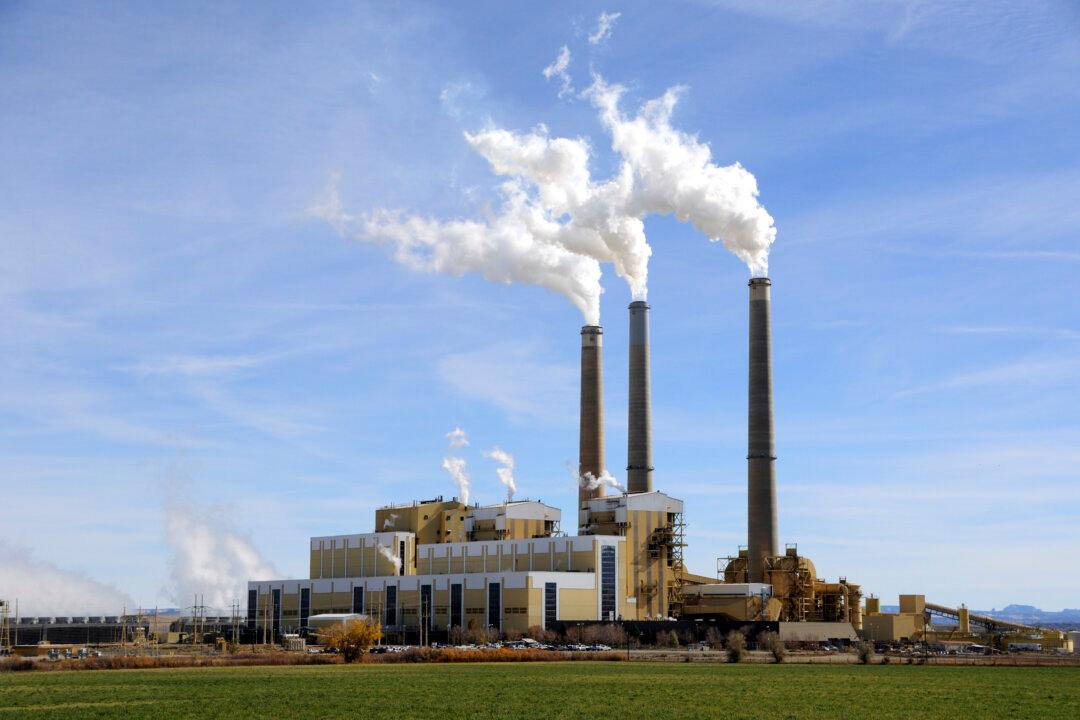Scientists wondered what would happen if you burned biomass in a controlled environment, such as in a power plant, that at least partially replaces using a fossil fuel. To find out they examined practices at the University of Iowa Power Plant, where technicians have burned a mix of oat hulls and coal for more than a decade.
The findings show that a 50-50 oat hulls-coal mix, when compared to burning only coal, reduces fossil carbon-dioxide emissions by 40 percent and significantly reduces the release of particulate matter, hazardous substances, and heavy metals.
“Our general conclusion is that when optimized, co-firing (burning biomass with coal) presents a good option for energy production, without incurring the negative environmental effects that comes with burning fossil fuels alone, like fossil carbon dioxide emissions and harmful particulate matter,” says Betsy Stone, assistant professor of chemistry.
It may seem logical that controlled burning of any type of biomass—including grasses and wood chips—would be good for the environment. After all, shouldn’t these sources be more preferable than coal, known for its deleterious environmental and public-health effects? Not necessarily, researchers say.
Biomass burning requires specialized equipment, may not burn as efficiently as fossil fuels, and supplies may be limited, among other factors. In other words, the benefits may not outweigh the costs.
The UI Power Plant has overcome some of these obstacles with oat hulls. The supply is plentiful: The plant gets its feedstuff from the Quaker Oats facility in nearby Cedar Rapids. The university also tinkered with equipment to optimize its burning of oat hulls, now at 40,000 tons annually, according to Ben Anderson, the power plant’s manager.
